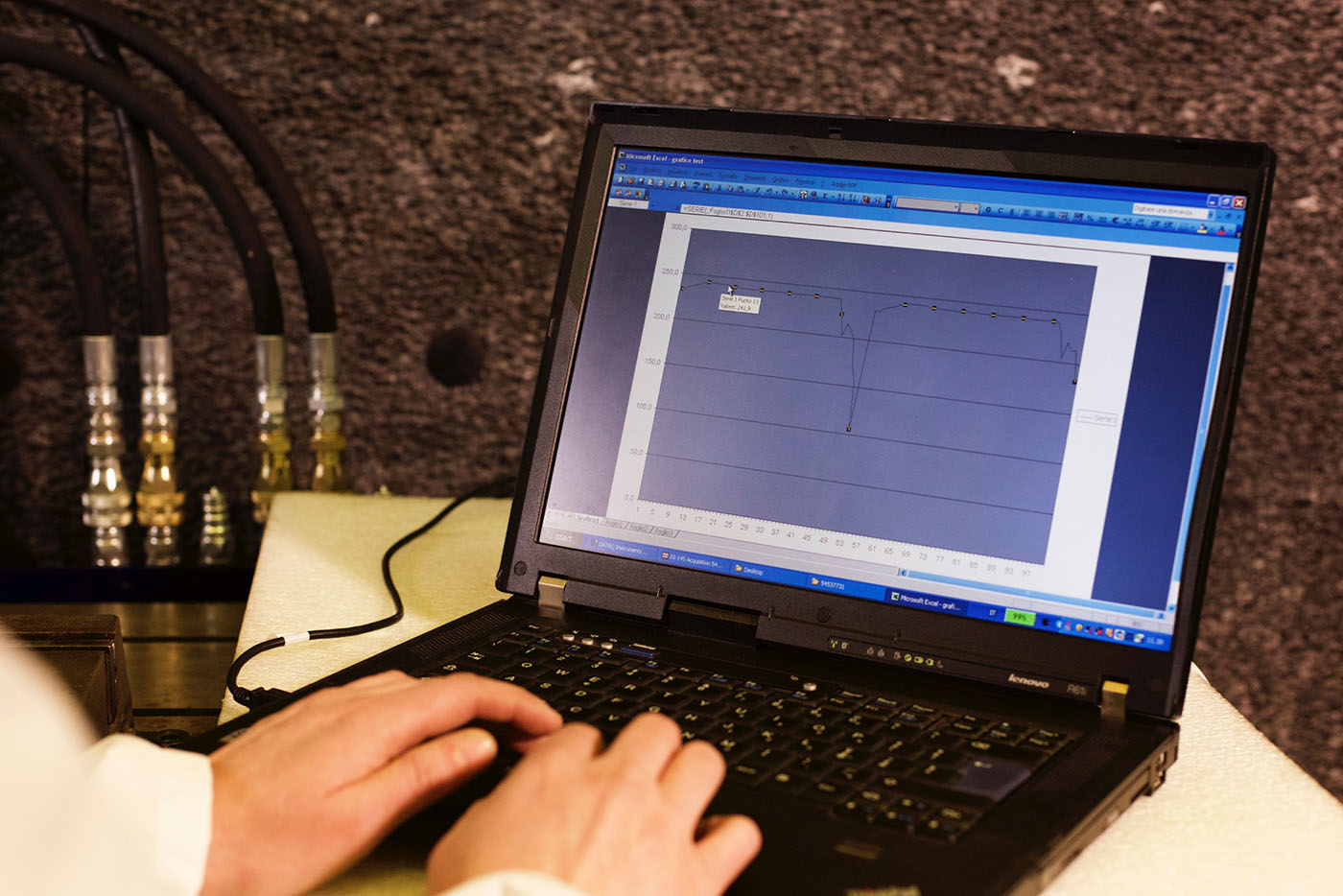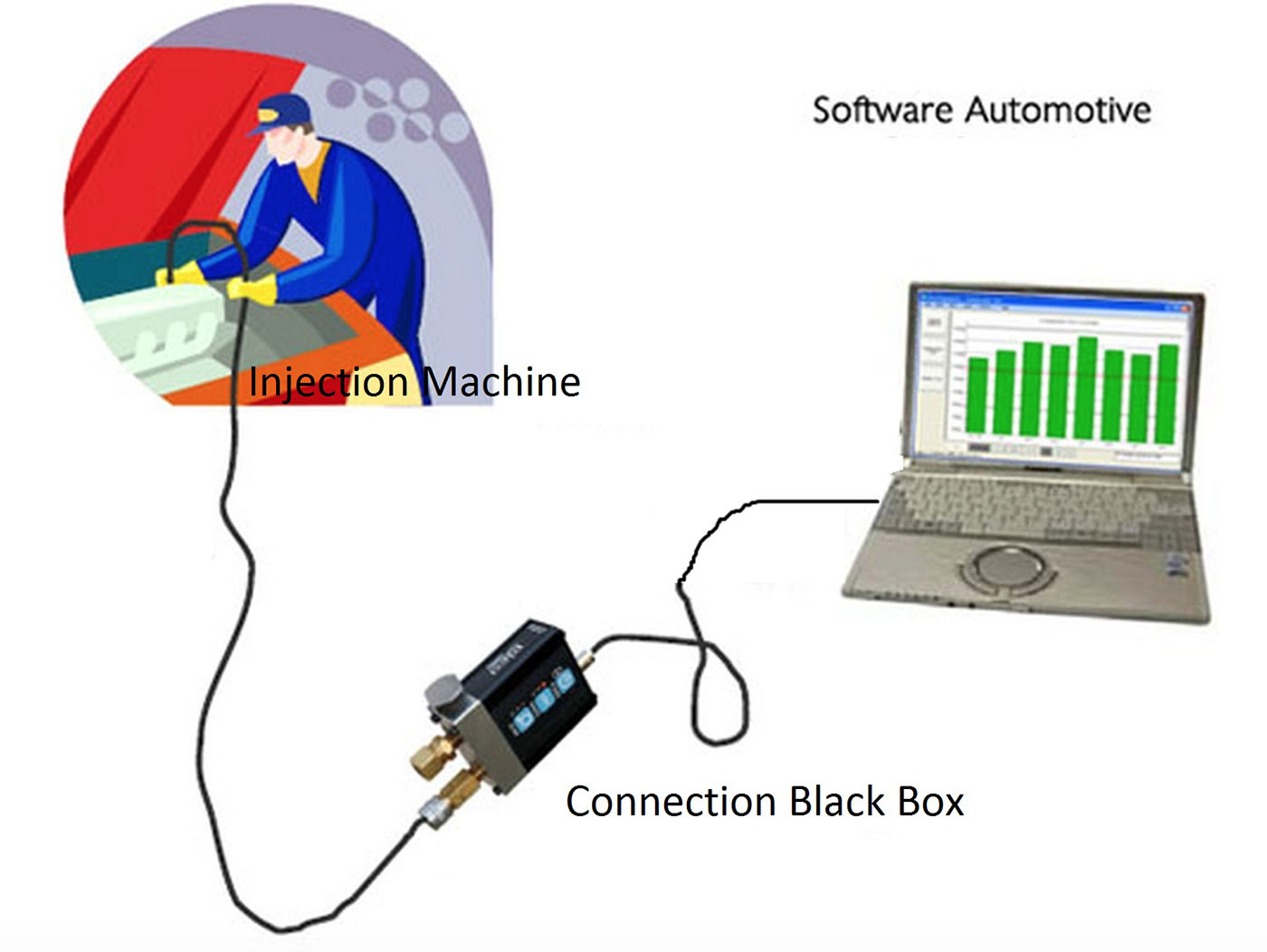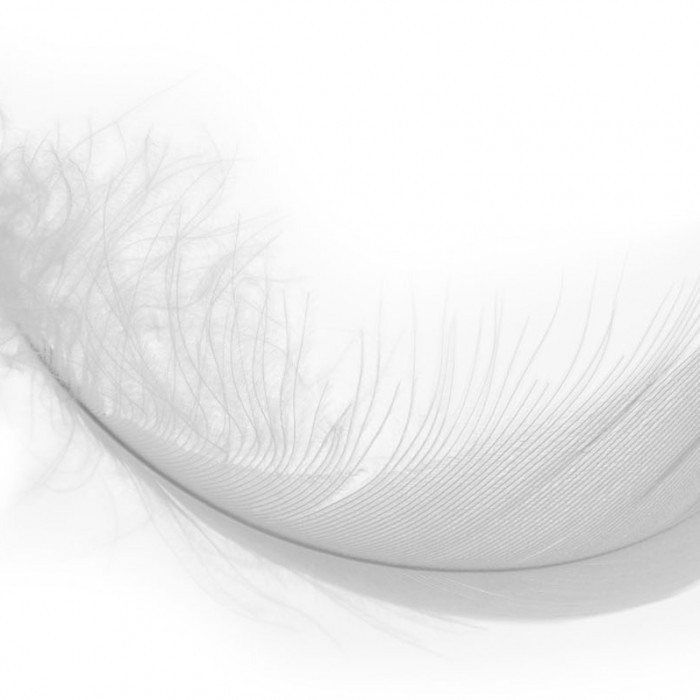Every day, injection mold users receive molds from countries where labor cost is cheaper. Sometimes these molds meet all the requirements, but other times their defects start to show within 3-12 months from their first application. And often, many of these issues concerning molds depend on a wrong use of hydraulic cylinders, thus causing delays in productivity. But how can a cylinder be used in the wrong way? To answer this question, let’s first discuss what leaks can tell us about it.
Types of Leaks
There is no doubt that mold designers do their best, but sometimes it can be quite a challenge to calculate all the physics involved in hydraulic cylinder applications. And even problems may vary accordingly. For example, one time a cylinder might start leaking from the rod, another time from the tube. In fact, there are two types of leaks—dynamic and static.
It might be hard to believe, but actually static leaks are more difficult to spot than dynamic ones. The reason is that dynamic leaks are almost always caused by direct human mistakes. For example, should someone fix the cylinder rod-end with no proper tolerance to the mold slide or ejection table, oil will start leaking, and the cause is quite clear. Indeed, in such cases mold users would hardly call the cylinder supplier to complaint!
But if the leaking comes from a static component, such as the front cartridge or the tube of a tie-rod cylinder, then it’s quite likely that the user will file a complaint.
Who’s Right?
Leaking might be caused by two different reasons. The first is that the cylinder has not been properly manufactured or assembled by the cylinder company; the second is that the cylinder has not been properly used by the customer. But how can a cylinder be misused?
If the static pressure inside a cylinder constantly has too many peaks, then there will always be oil leaks. Such peaks can be caused by increasing pressure due to gravity, or by injection pumps. The former is quite common when cylinders work in a vertical position, the attached mold slide is very heavy and its speed very high.
Proving Who’s Right!
Vega designed a new tool in order to allow customers to test pressure peaks inside hydraulic cylinders while operating plastic injection molds.
This check-up test device is designed to connect a PC and a single hydraulic cylinder through its oil ports. Using a custom-made software, it is possible to track the test results on a diagram and to compare them with the values indicated on our catalog.
After comparing the results, the mold user will be able to tell if the leaks are caused by cylinder misuse and pressure peaks, or by production flaws on the part of the cylinder company.
The beta version of this check-up device is made of three parts: two sensors with oil connectors, one black box with USB connectors and a copy of the custom-made software for Windows PCs.
Feel free to ask Vega in order to rent or purchase one of these test devices!






